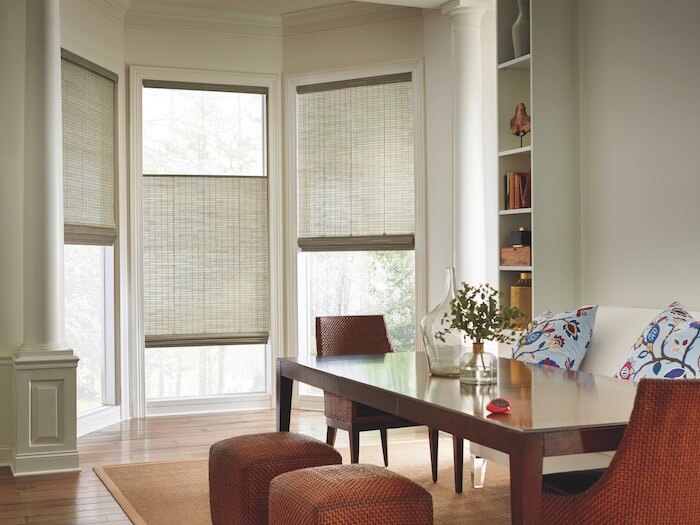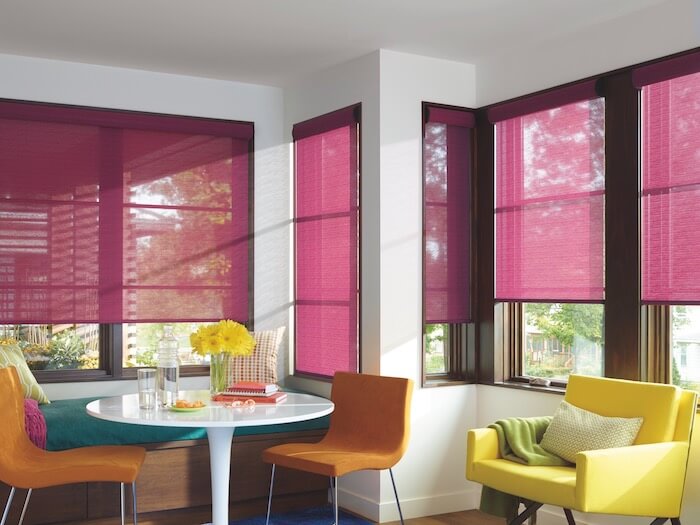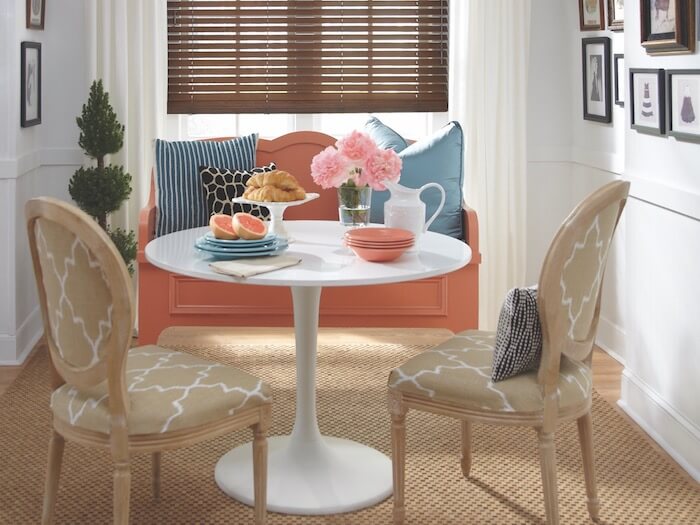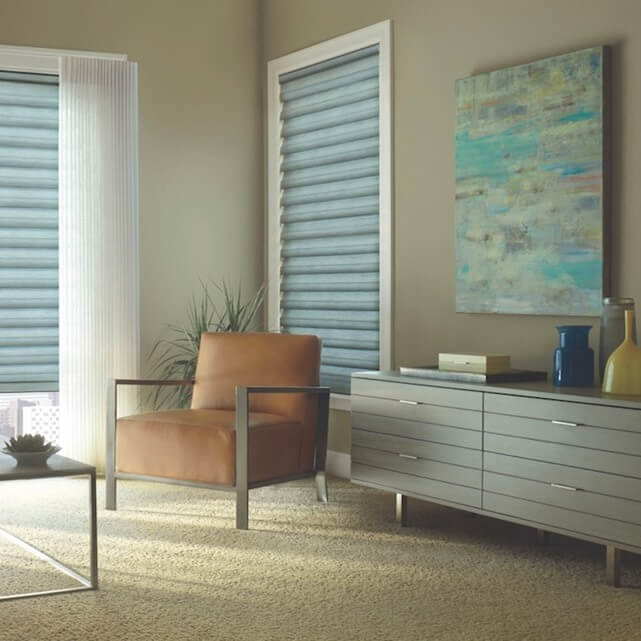Complementary colors create harmony and a sense of calm.
The old adage that opposites attract is often true, especially in selecting the colors for decorating your home. Opposite colors – also known as complementary colors – add energy to a room, yet at the same time, they make us feel comfortable and complete.
Complementary colors are the shades that are opposite on a color wheel:
- Reds and greens
- Shades of orange and blue
- Hues of purple and yellow


Nature is full of complementary colors, such as dramatic red roses on stems with bright green leaves, delicate pansies with their purple and yellow color combination, and bright blue sky and sea positioned near golden sand.
For a more modern take on complementary colors, you can use shades that are not exactly across the color wheel, or you can be a bit creative with the complementary color concept.
Think about innovative hues such as tangerine and turquoise, fuchsia and lemon, sky blue and terra cotta, pink grapefruit and acid green, burnt orange and sage green, or soft aqua blue and tomato red.
If you feel cautious about adding complementary colors, start small with elements like a painted wall, a painted bench, sofa pillows, throws, flower arrangements, or slip covers.
Then, as you become more confident, you can ratchet up your color scheme with larger and more permanent items like upholstery fabrics and window fashions.



